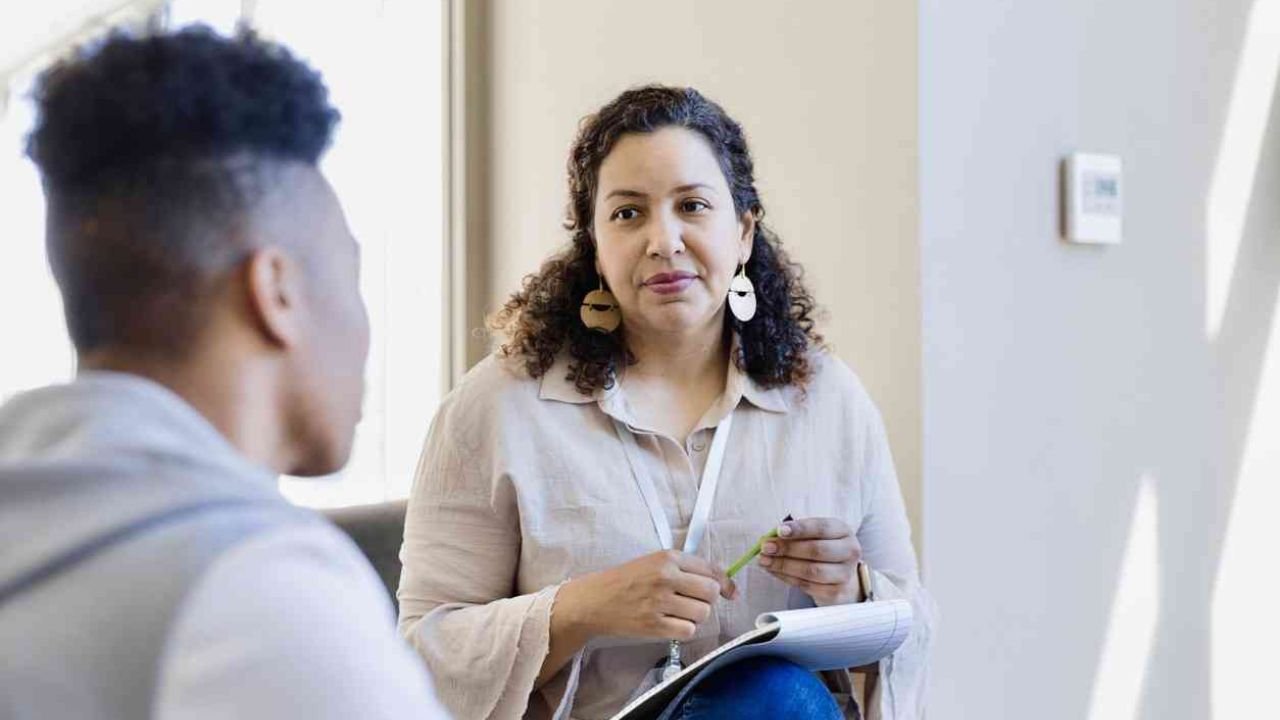Few conversations are more emotionally challenging than those about end-of-life. Sitting with aging parents or loved ones to discuss their wishes for when they’re no longer here is uncharted territory for most of us. But as uncomfortable as these discussions can be, they are among the most important we’ll ever have.
Helping a loved one plan their end-of-life arrangements is more than logistics. It’s about listening, honoring their values, and offering peace of mind, for them and the entire family. When these decisions are made thoughtfully and in advance, the result is not only clarity but comfort during what will be a difficult, emotional time.
Starting the Conversation with Care
The process begins with compassion. Rather than starting with checklists or paperwork, it helps to begin with open-ended questions: “Have you thought about what you’d like when the time comes?” or “What would feel most meaningful to you?” These kinds of conversations give aging parents the space to express their values, whether those values are spiritual, environmental, financial, or personal preferences about how they want to be remembered.
Once those deeper wishes start to surface, it becomes easier to explore specific decisions. For many families, the first major choice is about the body: burial or cremation.
Understanding Burial and Cremation Choices
Some individuals have strong cultural or religious beliefs that guide this decision, while others may be open to learning about their options. Traditional burial, with a casket and cemetery plot, is often seen as the more familiar route, but it comes with higher costs and environmental impact. Cremation, which has grown significantly in popularity, offers flexibility in how and where remains are kept or scattered. It can also align with values of simplicity or sustainability.
For loved ones who are especially environmentally conscious, newer alternatives like green burial or human composting (also called natural organic reduction) may resonate. Green burial forgoes embalming chemicals and traditional vaults in favor of biodegradable materials and a return to the earth in the most natural form. While not available in every region, these practices are expanding and can be a meaningful choice for those who want their final act to contribute to ecological balance.
Discussing Organ and Whole-Body Donation
Organ and tissue donation is another essential aspect of end-of-life planning. Some aging individuals are deeply moved by the idea of helping others, even after death, and see organ donation as a final act of generosity. Others may have concerns about the process or may not be aware of how to register. It’s important to explain that age and even some health conditions do not necessarily disqualify someone from being a donor. The best way to proceed is to register formally (often through a state registry or on a driver’s license) and to discuss those wishes openly with family, since consent and clarity are key at the time of passing.
Beyond organ donation, some individuals may wish to donate their bodies to science. Whole-body donation supports medical education and research, and often includes cremation and the return of ashes afterward at low or no cost (whole body donation Florida, Arizona, Nevada, and Rhode Island are among the states offering such services). Reputable organizations have clear eligibility guidelines and registration processes, which should be reviewed carefully to ensure that the donor’s values align with the institution’s practices.
Navigating Emotions with Empathy
While the logistics are important, the emotional component of this planning process cannot be overlooked. For many aging individuals, talking about death feels vulnerable—sometimes even taboo. Others may welcome the opportunity, especially if they feel their wishes will be respected and carried out. In either case, these conversations are best approached with empathy, patience, and without pressure. It’s helpful to keep the focus on what they want, rather than what others expect or prefer.
Documenting and Sharing Decisions
As decisions take shape, families should also consider how to document them. Advance directives, wills, and durable power of attorney forms are important tools, but so are informal notes, written preferences, and conversations that clarify details. Who will speak for your loved one if they cannot speak for themselves? Who should be notified, and what are their specific wishes for ceremonies, gatherings, or memorials? Even small details—like preferred songs or readings—can become deeply meaningful when the time comes.
Supporting someone through these choices is not a one-time conversation. It’s a series of talks, moments of reflection, and shared understanding. As life circumstances evolve—health changes, spiritual perspectives deepen, or family dynamics shift—so too might their end-of-life preferences. Checking in every few years, or after major life changes, ensures that plans remain up to date and reflective of their current wishes.
Offering Support, Not Control
For those of us walking beside aging loved ones during this stage, it’s important to remember that helping with end-of-life decisions is an act of care, not control. The goal is not to make choices for them, but to create the space and support for them to make choices for themselves. When that happens, it lifts a weight—not just from their shoulders, but from ours as well.
Ultimately, these conversations are not about death so much as they are about love, legacy, and the kind of dignity we all deserve at life’s end. In facing mortality together, we deepen our relationships, bring comfort to uncertainty, and create the conditions for a more peaceful goodbye—one that reflects a life lived on one’s own terms.



